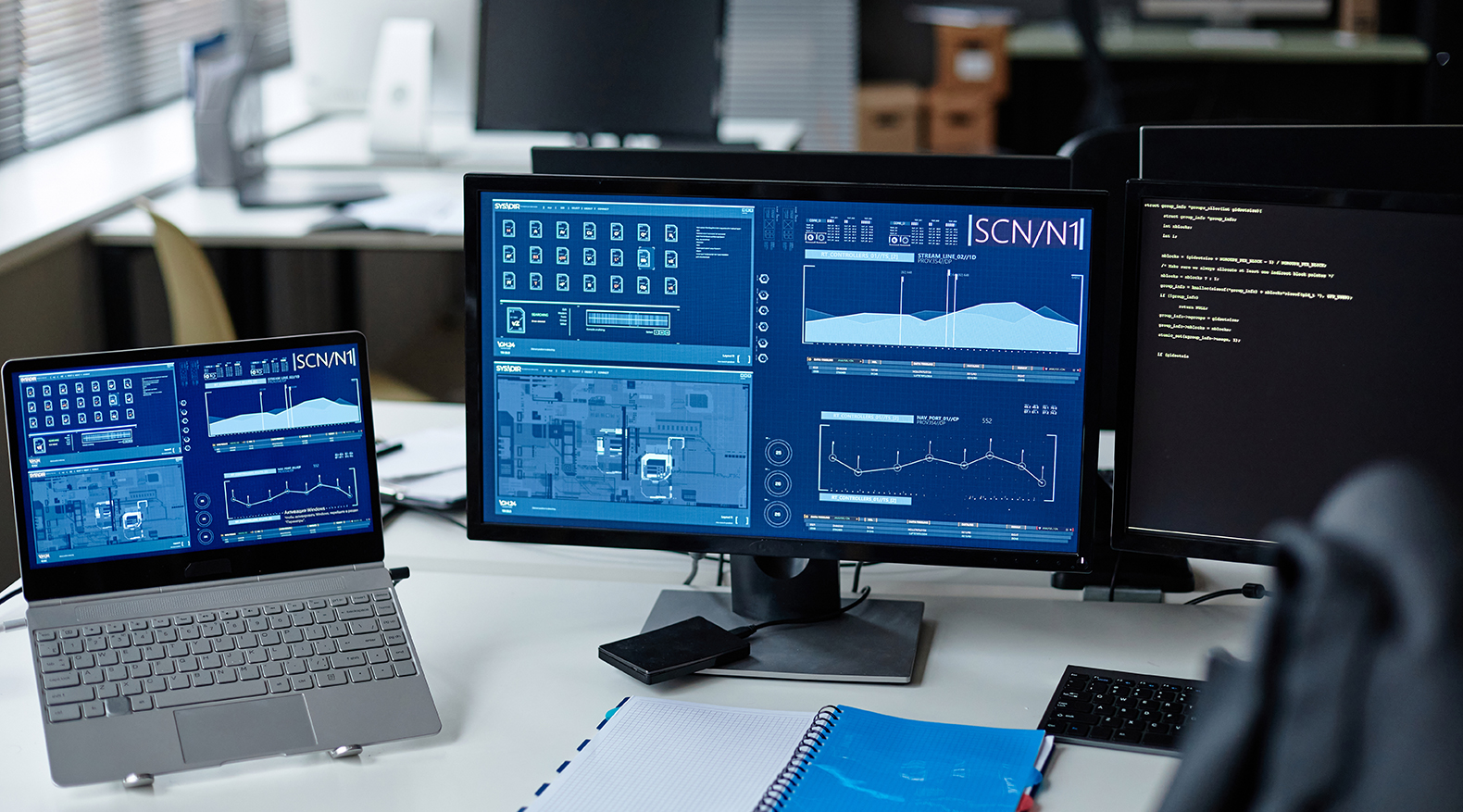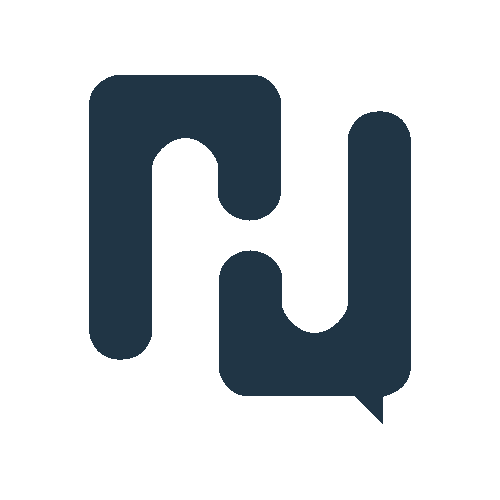Remote Monitoring With IoT: Devices, Platforms & Management Strategies

The rise of the Internet of Things (IoT) has ushered in a new era of connectivity, enabling organizations to monitor assets, environments, and operations in real-time. Among its most powerful applications is IoT remote monitoring: a solution that allows businesses to track performance, detect issues early, and streamline management without being physically present.
From healthcare to manufacturing, logistics, and energy, remote monitoring is no longer a luxury; it’s a necessity for modern operations. So, let’s dive into how IoT remote monitoring works, the devices and platforms that power it, and the strategies that help businesses maximize its potential.
What is IoT Remote Monitoring?
IoT remote monitoring refers to the use of connected sensors, devices, and platforms to monitor conditions or performance remotely. Data is collected in real time, transmitted securely, and then analyzed through centralized dashboards or cloud-based systems.
However, the primary purpose is straightforward: to gain visibility without being on-site. For example, a logistics company can track the temperature of refrigerated trucks, while a hospital can remotely monitor patient vitals. Both scenarios save time, reduce risk, and improve efficiency.
Therefore, by integrating IoT with remote monitoring, businesses can transform their operations from reactive to proactive, identifying potential problems before they escalate.
Key Devices for IoT Remote Monitoring
Remote monitoring starts with devices. These are the physical components that capture data and transmit it to a platform. Let’s look at some of the most common remote IoT monitor device categories:
Sensors
Sensors are the foundation of IoT monitoring. They capture specific data points such as temperature, pressure, humidity, vibration, or energy consumption. For instance, in industrial plants, vibration sensors help detect machinery malfunctions before they cause downtime.
Wearables
In healthcare and workforce management, wearable devices play a significant role. For instance, devices such as smartwatches, fitness bands, and medical wearables continuously monitor heart rate, oxygen levels, or worker safety metrics.
Connected Cameras and Drones
For industries like agriculture and security, cameras and drones extend visibility beyond what humans can monitor. They capture live feeds or aerial imagery, making it easier to oversee operations remotely.
Smart Meters and Trackers
Utilities and logistics heavily rely on smart meters and GPS trackers. Smart meters measure electricity or water usage in real time, while trackers ensure that vehicles, shipments, and assets are always accounted for.
Together, these devices create a network of constant visibility, feeding valuable data into IoT platforms.
IoT Monitoring Platforms
While devices collect information, platforms give that data meaning. An IoT monitoring platform acts as the command center where data is aggregated, analyzed, and visualized.
1. Cloud-Based Dashboards
Cloud-based platforms enable businesses to access monitoring data at any time, from anywhere. Dashboards display easy-to-read graphs, alerts, and reports, enabling decision-makers to take swift action.
2. AI and Analytics Integration
Modern platforms often integrate AI and machine learning. These tools analyze large volumes of data to detect patterns and predict potential issues. For example, predictive analytics in manufacturing can forecast equipment failures, preventing costly downtime.
3. Scalability and Integration
The best platforms are scalable. As businesses grow, they can connect more devices without having to overhaul the entire system. Integration with existing ERP, CRM, or supply chain software ensures a unified view of operations.
Management Strategies for IoT Remote Monitoring
Technology alone does not guarantee success. Businesses require well-defined strategies to manage IoT remote monitoring effectively. Here are some essential approaches:
1. Define Clear Objectives
Before deploying IoT remote monitoring solutions, organizations must ask: what are we monitoring, and why? For example, a utility company may focus on reducing outages, while a healthcare provider may prioritize patient safety. As a result, clear objectives help narrow device and platform choices.
2. Establish Strong Data Security
With an increasing number of devices connected, security becomes even more critical. Encrypting data, applying multi-factor authentication, and maintaining strict access controls reduce vulnerabilities. Therefore, cybersecurity must be a core part of IoT management.
3. Prioritize Scalability
As operations evolve, so will monitoring needs. Businesses should adopt scalable platforms and modular devices that grow alongside the organization. This ensures investments remain relevant in the long run.
4. Enable Real-Time Alerts and Automation
One of the biggest advantages of IoT remote monitoring is instant response. Automated alerts can notify teams of abnormal conditions, while pre-programmed actions (like shutting down equipment) prevent damage.
5. Invest in Training and Adoption
Technology works best when people use it effectively. Training staff to understand platforms, interpret data, and respond to alerts ensures maximum ROI from IoT solutions.
Industry Applications of IoT Remote Monitoring
To better understand its impact, let’s look at how different industries apply IoT monitoring:
Healthcare: Remote patient monitoring enables the tracking of vital signs, the management of chronic diseases, and a reduction in hospital visits.
Manufacturing: IoT sensors monitor equipment performance, enabling predictive maintenance.
Logistics: GPS trackers and temperature sensors ensure safe, on-time deliveries.
Energy and Utilities: Smart grids and meters optimize consumption and reduce outages.
Agriculture: Soil sensors and drones enable farmers to monitor crop conditions and enhance yields.
These examples demonstrate the versatility of IoT monitoring, which can adapt to both large-scale operations and individual use cases.
Benefits of IoT Remote Monitoring
When implemented correctly, IoT monitoring delivers measurable advantages:
1. Operational Efficiency
Manual inspections and routine checks are time-consuming and often prone to error. However, IoT monitoring automates this process, enabling businesses to track conditions in real-time without the need for constant human oversight. For example, instead of sending technicians to inspect machinery every week, sensors can continuously report on performance. This reduces labor costs and ensures that staff focus on higher-value tasks.
2. Cost Savings and Predictive Maintenance
One of the most tangible benefits is reduced costs. By detecting small anomalies early, IoT systems prevent issues from turning into costly failures. In manufacturing, predictive maintenance powered by IoT can extend machine lifespan and reduce unplanned downtime. For utilities, remote monitoring helps identify leaks or energy waste quickly, thus saving money while improving service reliability.
3. Enhanced Safety and Compliance
Safety is a top priority across various industries, and IoT monitoring significantly enhances it. For instance, wearable devices can track worker health in hazardous environments, alerting managers if someone is at risk. In sectors such as healthcare, real-time patient monitoring enables timely intervention. Furthermore, industries that must comply with strict regulations, such as pharmaceuticals or food logistics, benefit from automated reporting and audit-ready records.
Future of IoT Remote Monitoring
The future of IoT remote monitoring is promising. With advancements in 5G, edge computing, and AI, monitoring will become faster, smarter, and even more reliable. For example, edge computing allows data processing closer to the source, reducing latency and enabling near-instant decision-making.
Additionally, as sustainability becomes a global priority, IoT will also play a key role in reducing energy use, minimizing waste, and supporting eco-friendly practices.
Final Thoughts
In essence, IoT remote monitoring is more than a technological trend; it’s a strategic advantage. However, by combining devices, platforms, and effective management strategies, organizations can improve efficiency, cut costs, and build resilience.
So, whether you’re in healthcare, logistics, manufacturing, or utilities, IoT monitoring provides the visibility and control necessary to stay competitive in a rapidly changing world. The organizations that embrace it now will be the ones best prepared for the future.
Strengthen operational visibility and uptime with Managed Services tailored for IoT environments.
